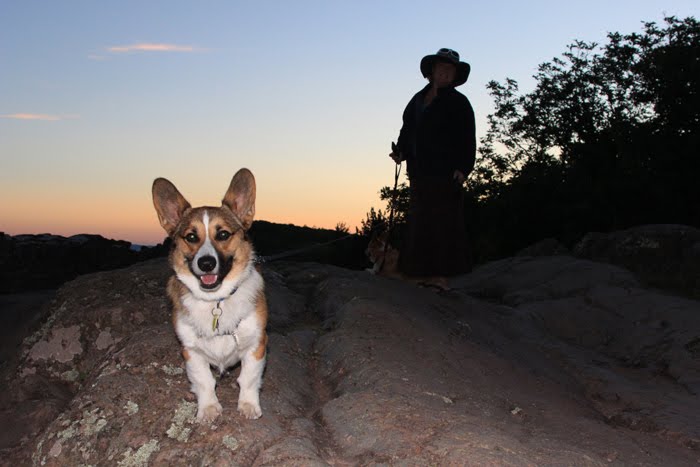Dec 3, 2010 - Feb 24, 2011

Chicago, Illinois: Monumental: A Show of Epic Proportions at Walsh Gallery
Monumental exhibits 15 contemporary Asian and Asian American artists whose works share--whether in painting, sculpture, installation or photography--a love of the grand. These artists pushed the boundaries of scale to create works of a monumental nature. Often embedded in these works were the ideas of historical commentary, whether of a personal narrative or global nature. These large-scale pieces were created by artists from China, India, Korea and Indonesia, including Yue Minjun, Subodh Gupta, Atul Dodiya, Jitish Kallat, Rong Rong and inri, Zhang Dali, Chen Wenbo, Zhu Wei, Kim Joon, Han Seok Hyun, Ravinder Reddy, the Gao Brothers and Heri Dono. The show also includes works by Chicago artists Indira Johnson and Von Kommanivanh. The opening reception is Friday Dec. 3 from 5:00 - 8:00 pm. The exhibit runs until February 24, 2011.
Monumental is primarily a collection show of founder Julie Walsh, which means that the pieces in this exhibit not only talk about history, but are also historical themselves. These are early works by some of the biggest names in the industry that Ms. Walsh purchased before Chinese art and Indian art had been discovered in a global sense. Works in the exhibit fall into three primary categories: current events, personal narrative, and specific historical events.
Personal History
Subodh Gupta's large scale oval installation called Chimta is made up entirely of stainless steel tongs which were made in India. In this work Mr. Gupta helps expose some of the clichés of India as he deftly explores the question of just how "Indian" contemporary Indian art needs to be. He takes the most mundane object and converts it into an assemblage of massive proportions.
Referencing African and Egyptian sculpture, Ravinder Reddy's gold leaf covered six-foot fiberglass bust Tara is at once a portrait of a contemporary deity and a tribute to that which endures in art over time. Mr. Reddy feels that what endures is woman's strength of character. His sculptures are created from sketches of women that he sees in his hometown in Southern India.
Past History
The Gao Brothers' comical icon Miss Mao is a seven-foot silver painted statue of Mao Zedong as a woman, including both Mao's distinctive wart and full breasts.
Atul Dodiya's nine by six-foot shop shutter called E.T. is composed of multiple layers. On the outside of the shutter is a painting of a grand historical moment when Einstein met Rabindranath Tagore in India. The outside of the shutter represents the great ideals of how India could be. When the shutter is lifted it reveals a painting of a surreal landscape with a skeletal scribe on top of an airplane dropping either food packages or bombs on a desolate landscape with a few houses.
Monumental delivers an array of historically impressive works through scale or context. Works by the artists in Monumental have been seen in important biennials around the world as well as in exhibits in major international museums. |
118 N. Peoria St 2nd Floor
Chicago, IL 60607
T-SA 10:30-5:30
p 312.829.3312
f 312.829.3316
info@walshgallery.com
www.walshgallery.com

























